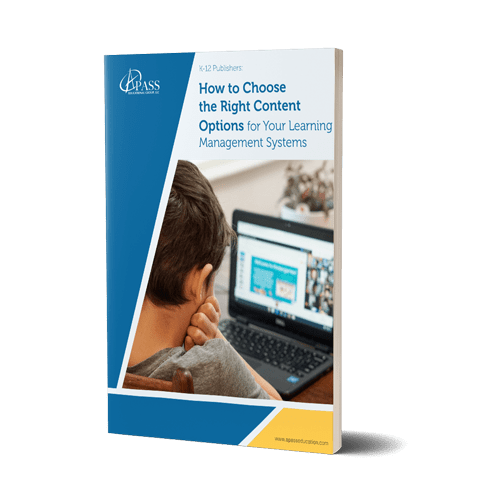Emergent bilingual students face unique challenges in the classroom. Educational publishers have a crucial role in supporting these students’ learning by creating curriculum materials that honor their linguistic and cultural needs. In this blog post, we’ll explore how educational publishers can best serve emergent bilingual students in their curricula.
Understanding Emergent Bilingual Students
Emergent bilingual students come from diverse linguistic and cultural backgrounds and may be at different levels of English proficiency. They need support to learn academic English, develop English literacy skills, and access grade-level content in English. It’s essential for educational publishers to understand their needs and develop materials that cater to them.
Incorporating Culturally Responsive Pedagogy
Culturally responsive pedagogy involves acknowledging and valuing the cultural and linguistic diversity of emergent bilingual students. Educational publishers can incorporate culturally responsive pedagogy in their curricula by:
- Including texts and materials that represent diverse cultural perspectives and experiences.
- Using examples and scenarios that are relevant to the students’ experiences and backgrounds.
- Providing opportunities for students to share their own cultural and linguistic knowledge.
- Incorporating strategies that support language development and academic language use.
By incorporating culturally responsive pedagogy in their curricula, educational publishers can create a learning environment that promotes equity and respect for students’ cultural and linguistic diversity.
Providing Accessible Materials
Emergent bilingual students may face barriers to accessing curriculum materials due to limited English proficiency, unfamiliar vocabulary, or complex sentence structures. Educational publishers can create accessible materials by:
- Simplifying the language and sentence structures to make the content more accessible to emergent bilingual students.
- Providing definitions, translations, and explanations of unfamiliar vocabulary.
- Including visual aids such as pictures, charts, and graphs to support comprehension.
- Providing audio or video recordings of texts to support listening comprehension.
By providing accessible materials, educational publishers can ensure that emergent bilingual students have equitable access to grade-level content and can participate fully in classroom activities.
Developing Language and Literacy Skills
Emergent bilingual students need support to develop language and literacy skills in both their native language and English. Educational publishers can support language and literacy development by:
- Providing materials that promote vocabulary development, grammar, and syntax in both languages.
- Including activities that promote reading, writing, speaking, and listening skills in both languages.
- Providing explicit instruction on English language development, academic language use, and language learning strategies.
- Providing opportunities for students to practice language and literacy skills in authentic contexts.
By developing language and literacy skills, educational publishers can help emergent bilingual students become proficient in both languages and better prepared to succeed academically.
Offering Professional Development for Teachers
Teachers play a critical role in supporting the learning of emergent bilingual students. Educational publishers can offer professional development for teachers to support them in creating a supportive learning environment for emergent bilingual students. Professional development can include:
- Training on effective instructional strategies for emergent bilingual students.
- Guidance on how to integrate culturally responsive pedagogy in the classroom.
- Guidance on how to use curriculum materials to support the needs of emergent bilingual students.
- Guidance on how to assess students effectively.
- Opportunities for collaboration and sharing of best practices.
By offering professional development for teachers, educational publishers can support the effective implementation of their curricula and ensure that emergent bilingual students receive high-quality instruction.
Conclusion
Emergent bilingual students face unique challenges in the classroom, but educational publishers can support their learning by creating curriculum materials that meet their linguistic and cultural needs. By incorporating culturally responsive pedagogy, providing accessible materials, developing language and literacy skills, and offering professional development for teachers, educational publishers can ensure that emergent bilingual students receive high-quality instruction and have equitable access to grade-level content. With the right support, emergent bilingual students can thrive academically and contribute to a more globalized world.





